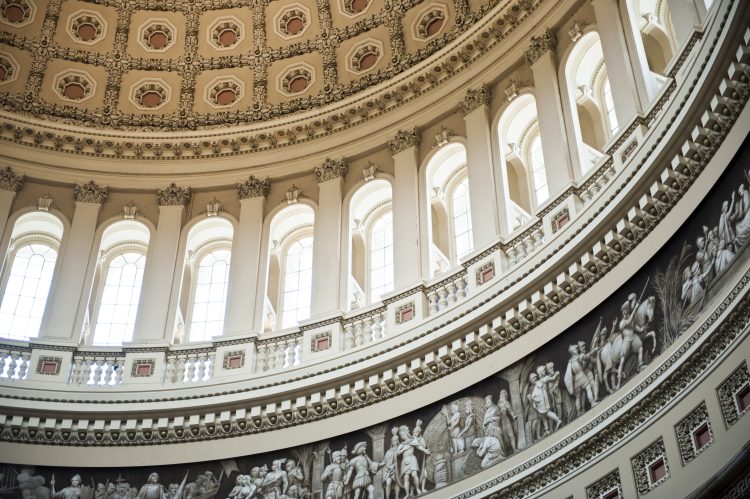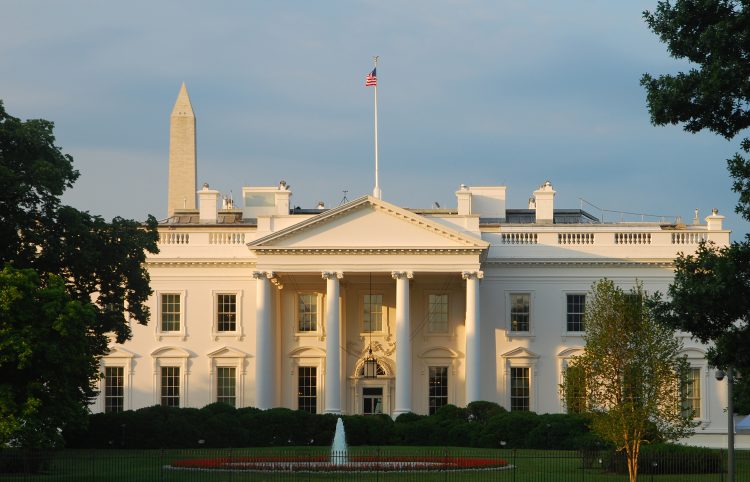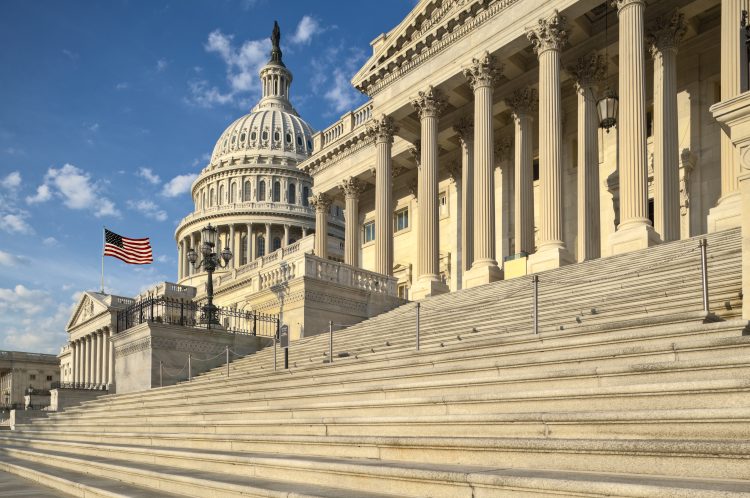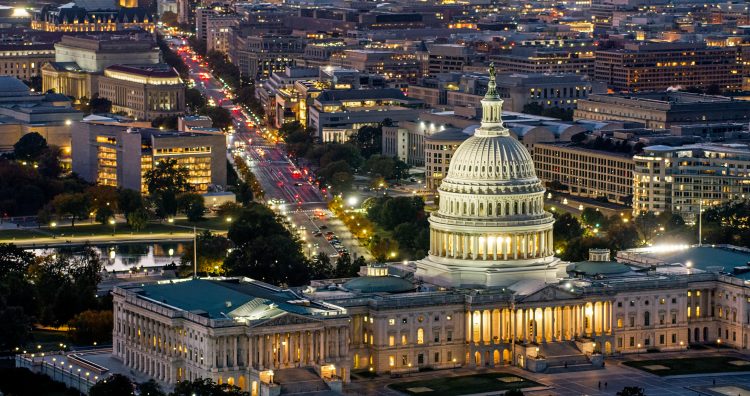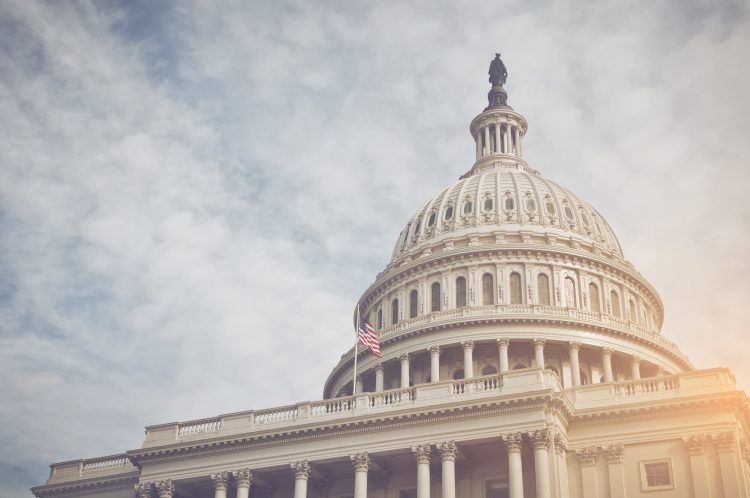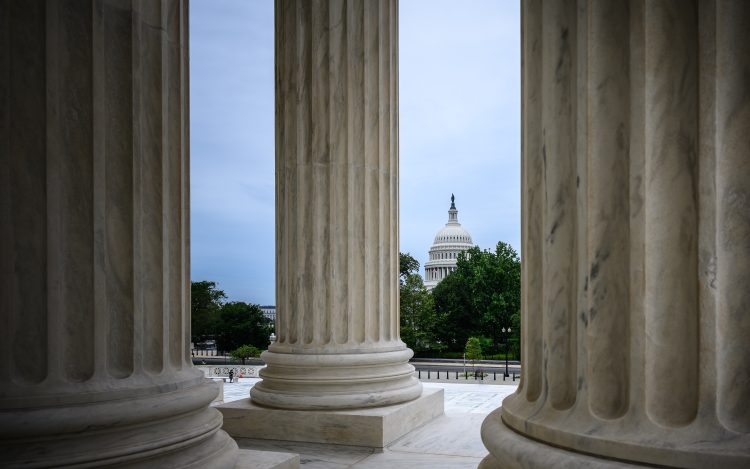This week on Facing the Future, Bob Bixby was joined by Concord Coalition Policy Director Tori Gorman and Chief Economist Steve Robinson to discuss the latest 10-year Budget and Economic Outlook from the Congressional Budget Office (CBO). The CBO report projects that the federal budget deficit will grow from $2 trillion this year to $2.8 trillion by 2034 (adjusted to exclude timing shifts that occur when the first day of the fiscal year falls on a weekend). Bob, Tori, and Steve broke down the key projections from the report and what each could mean for interest rates, jobs, and economic growth going forward.
“The real eye popping number is the growth of interest on the debt,” Bixby said. “That leaps from $892 billion this year to $1.7 trillion in 2034. By that time 22 percent of all tax dollars coming into the government would be going out for interest on the debt. That’s an enormous amount of your revenue to be going out for interest payments, and that assumes that we’ll be collecting a lot more taxes, which the baseline might be optimistic about.”
Gorman continued to put these numbers in context, “Staying on the topic of interest, we’ve been talking about this for a while, but this baseline puts in stark picture how much net interest is driving future budget deficits. Over the next 11 years the U.S. is going to add $24 trillion to our national debt. Fifty-eight percent of new debt over the next 11 years is just because we have to pay interest on the debt,” she said. “If that is not a huge alarm bell going ‘ding ding ding ding!’ in people’s brains, it’s because that interest doesn’t buy us anything – education, roads and bridges, soldiers, munitions, foreign aid. These payments are not just going to Americans. There are foreign holders of U.S. debt, foreign governments and people that live overseas that are not Americans, who own the U.S. Debt as a savings vehicle. Interest payments go to them too. Those interest payments don’t even stay here in the United States where they can be spent on the economy and create more economic activity.”
When asked about mandatory spending programs like Social Security and Medicare, Robinson added to the grim picture, “This is a slow moving train wreck that we’ve seen coming for 30 years. We’ve known, since the baby boom had ended, we knew there was going to be this large demographic bulge that would move through the population. The very tail end of baby boomers are approaching 60-62 where they become eligible for Social Security and then Medicare. The sheer demographic shift of all the elderly baby boomers collecting benefits has put a huge strain on the federal budget.”
Robinson pointed out that, “we’ve had many years to think about what to do to address this, and for various reasons, generally political, Congress has avoided addressing the problem.”
In some good news, CBO reported a positive effect from increased immigration on the budget and economy. “With the Federal Reserve raising interest rates, why did the U.S. economy not enter into a recession?” Gorman asked. “CBO took a look at this and they said ‘Hey, one big factor here is this massive immigration that’s happening at the southern border. In an average year we get about 200,000 ‘other foreign nationals’ – about a million every five years. But because of the surge at the border, CBO predicts that number will be about 8.7 million larger than expected over the 2021-2026 period. CBO projected federal revenues are going to be about $1.2 trillion dollars higher over the budget window of 2025-2034 largely because of the income taxes and payroll taxes that are paid by those immigrants.” Gorman concluded that, “according to CBO, immigration is a net positive to the federal budget. It generates more revenues than it does cost and, therefore, helps to reduce the deficit.”
To close out the show, Robinson reported the latest from the Federal Reserve Board. “The Fed has a 2 percent inflation target measured by the personal consumption expenditure index (PCE). They have consistently hit that target since the early 2000s. Because of the economic disruptions during COVID, the Fed ran up their balance sheet to try and mitigate the economic and financial sector impact of COVID. Inflation was up to 9 percent in June of 2022, but has since come down to 3 percent in June of 2023 and has remained there. All the financial markets keep saying ‘They’re going to cut. They’re going to cut.,’ but the Fed keeps saying ‘Well, no. Until we’re convinced that inflation is coming down and we’re going to get back to our 2 percent target, we’re not prepared to cut.’”
Hear more on Facing the Future. Concord Coalition Executive Director Bob Bixby hosts the program each week on WKXL in Concord N.H., and it is also available via podcast. Join us as The Concord Coalition team discusses issues relating to national fiscal policy with budget experts, industry leaders, and elected officials. Past broadcasts are available here. You can subscribe to the podcast on Spotify, Pandora, iTunes, Google Podcasts, Stitcher, or with an RSS feed. Follow Facing the Future on Facebook, and watch videos from past episodes on The Concord Coalition YouTube channel.
Continue Reading
